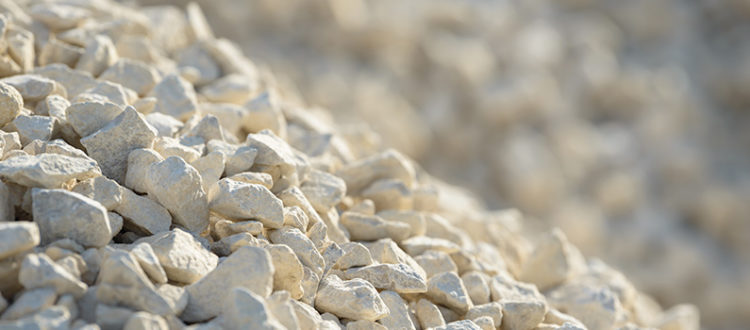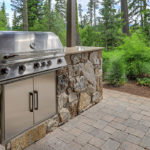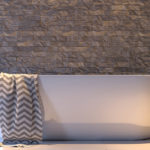Everything You Need to Know About Types of Limestone
More On The Types Of Limestone
Limestone is a sedimentary rock made of shells, exoskeletons or marine life, calcite, and calcium carbonate. When you think of the different variations of those things coming together in nature, it makes sense that the rock comes in many different shades, colors, and forms, depending on the condition in which it forms. It takes millions of years for limestone to take shape and while some contains visible fossil fragments, others show more calcite and aragonite materials. Those differences have been classified into types of limestone. If you are looking to utilize the material in one area or another within your home, it’s nice to know the different limestone types to figure out what works best for you.
Chalk Limestone
The White Cliffs of Dover is known for a limestone known with a chalky appearance. It is made up of small algae and those skeletons have been deposited over thousands of years. They then became mud chalk that formed the cliffs. The skeletons are small and can’t be seen without a microscope, but you might be able to find them if you look carefully. This isn’t the same kind of chalk that you use on blackboards, but it has a similar white appearance.
Coral Reef Limestone
Coral reefs bring a wide variety of limestone that are made from skeletons from invertebrae, or animals without backbones. Wind and weather erosion expose the coral reef, some of which was formed millions of years ago from fossils from land and sea creatures. There have also been tectonic uplifts along fault lines that thrust reefs up into mountains.
Animal Shell Limestone
Some limestone is also made from animal shells, like sea lilies, and the disc-like pieces are stacked on top of each other and attached to the sea floor. They often have wavy leaf-like arms on them and represent marine life in a fossilized form. It can also look like small grains of wheat.
Travertine Variety Limestone
Travertine is a compressed form of limestone as it forms along streams, waterfalls, and near hot or cold springs that have been around for thousands of years. The travertine builds up and is banded together as a stone with a new material covering up older layers as time passes. It can have leaf imprints, shells, fossils, and even crystalline structures in it. There are also sometimes pock marks that resemble swiss cheese in the material from carbon dioxide bubbles that get trapped in the limestone as it forms. You often find the distinctive beauty of this limestone utilizes as decorative flooring in upscale homes and buildings.
Black Limestone
Limestone comes in a variety of shades and colors and if you want gray or black, the color comes from the organic materials fused together in the rock. When limestone elements mix with certain colors of clay, you get the black appearance.
Finding Limestone Types For Your Home
Whether you already have a vision in your mind and are ready to move forward with your custom limestone, or you are just getting started, the experts at Impression are here to help. Give us a call so we can advise you on custom limestone and marble as a lovely addition to your home.
















